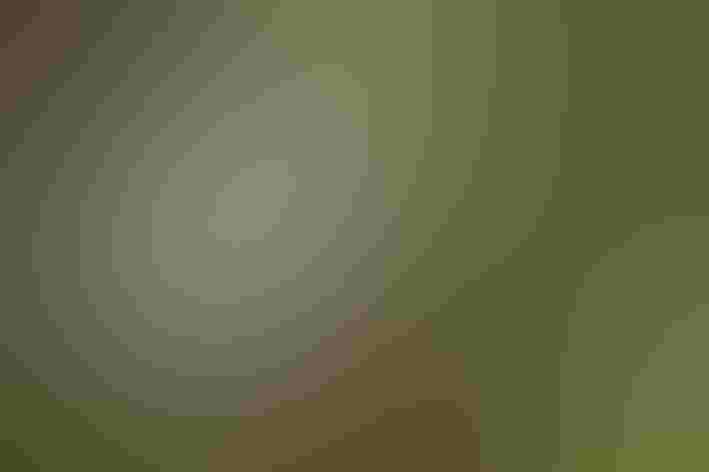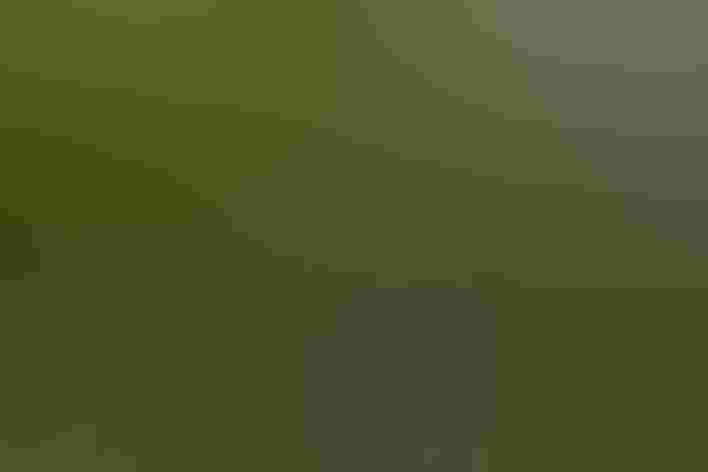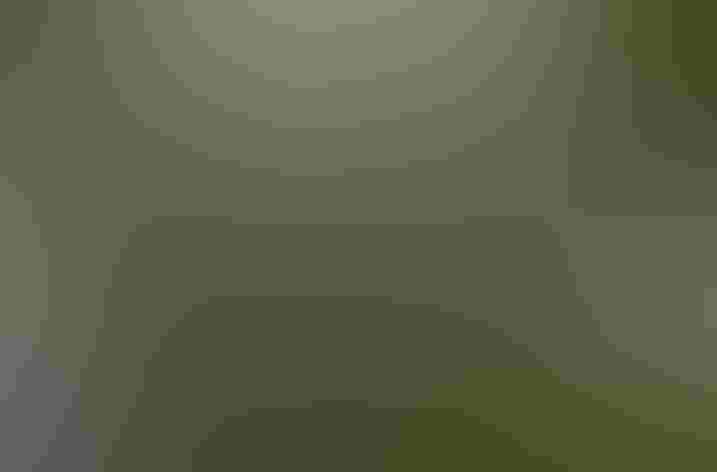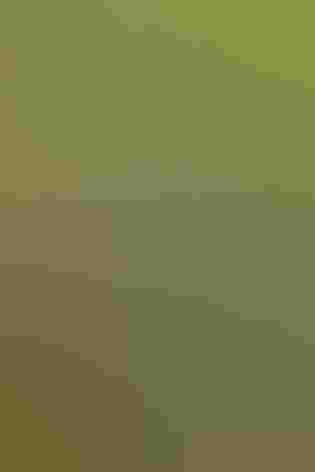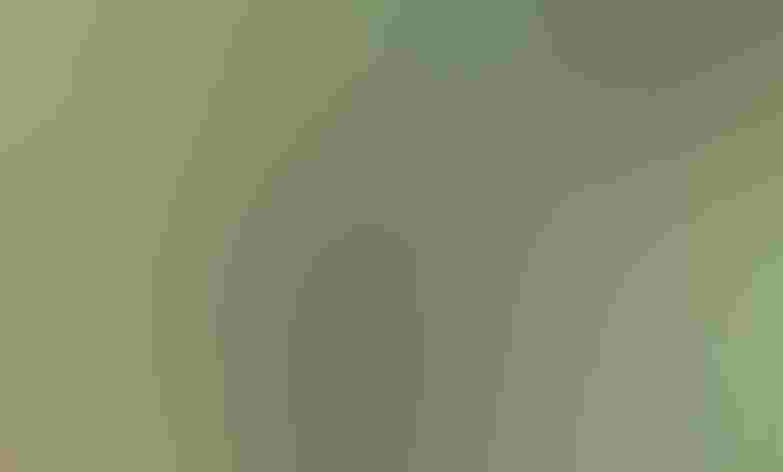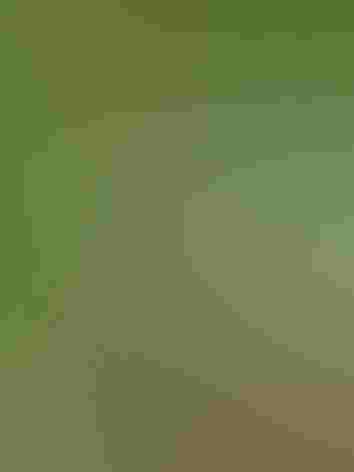Red-whiskered Bulbul
At a Glance
When a few Red-whiskered Bulbuls escaped from an aviary in the Miami area in 1960, they found an environment perfectly suited to their needs. The climate was not too different from that of eastern India, where they had originated; and the suburb of Kendall, Florida, was heavily planted with exotic trees and shrubs, providing the bulbuls with abundant berries throughout the year. The birds quickly became established, but they have not spread much beyond Kendall. Another introduced population is common around Honolulu, Hawaii.
All bird guide text and rangemaps adapted from Lives of North American Birds by Kenn Kaufman© 1996, used by permission of Houghton Mifflin Harcourt Publishing Company. All rights reserved.
Category
Bulbuls, Perching Birds
IUCN Status
Least Concern
Habitat
Urban and Suburban Habitats
Region
Florida
Behavior
Undulating
Range & Identification
Migration & Range Maps
Apparently permanent resident throughout its native range, and introduced populations seem to do very little wandering.
Description
8" (20 cm). Unlike any native bird, with black crest, white and red "whisker," red undertail coverts.
Size
About the size of a Robin, About the size of a Sparrow
Color
Black, Brown, Gray, Red, White
Wing Shape
Broad, Rounded
Tail Shape
Notched, Rounded, Square-tipped
Songs and Calls
Various chattering notes; a whistled queekey!
Call Pattern
Falling, Rising, Undulating
Call Type
Chirp/Chip, Whistle
Habitat
Suburbs with plantings of exotic fruiting trees. Introduced in North America, found only in residential areas with wide variety of exotic trees and shrubs that provide berries and small fruits at all times of year. In native range in southern Asia, found in forest edges, semi-open areas, towns.
Sign up for Audubon's newsletter to learn more about birds like the Red-whiskered Bulbul
Behavior
Eggs
Usually 3. Pinkish, profusely mottled with purple or reddish spots. Incubation is by both parents, 12-14 days.
Young
Both parents feed nestlings. Age of young at first flight not well known.
Feeding Behavior
Except when nesting, travels in flocks to feed at fruiting plants. Takes insects by flying out to capture them in mid-air, hovering to pick them from bark, or searching among foliage.
Diet
Berries, small fruits, insects. With its small bill, usually does not feed on large fruits until they are overripe or punctured by other birds. Important items in Florida include berries and fruits of Brazilian pepper, figs, lantana, jasmine, and others. Takes nectar, eats pieces of flowers and green shoots of vegetation. Also eats many insects.
Nesting
In Florida, breeding season is mainly February to June. Florida birds seem not to defend territories strongly, often tolerating other bulbuls near the nest. In courtship display, one bird may approach the other, fluttering its wings and bowing; both birds raise and lower crests repeatedly. Nest site is usually fairly low in shrub, vine, or small tree, typically about 2-8' above the ground, often well concealed. Nest, placed in fork of branch, is a cup made of grass, weeds, rootlets, and casuarina needles. Outside of nest usually decorated with pieces of paper or plastic, large flakes of bark, or other debris.
Conservation
Conservation Status
Does not seem to compete seriously with native birds in Florida.


